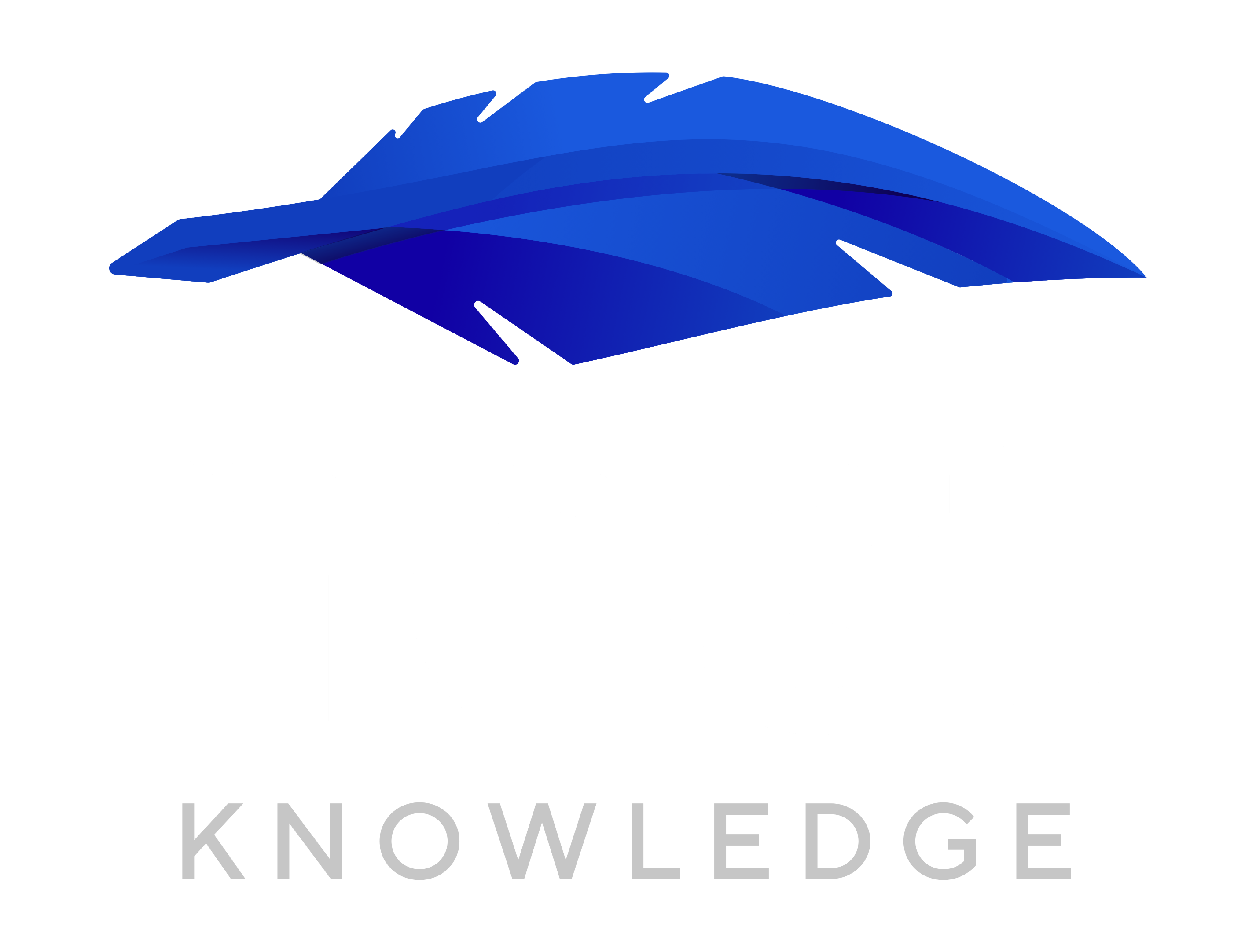“Phonics instruction helps children decode words accurately, a crucial skill for fluent reading.”
Dr. Linnea Ehri
Phonics instruction is the strong foundation essential for reading.
In the realm of early childhood education, teaching children to recognize and learn letters is a pivotal milestone on the path to reading proficiency. Research from the American Academy of Pediatrics underscores the significance of this stage, revealing that children who enter kindergarten with a strong understanding of letter recognition are more likely to excel in reading later on.
According to Dr. Marilyn Jager Adams, a leading researcher in literacy development, “Letter knowledge is a strong predictor of reading success.” Her research highlights the role of letter knowledge in enabling children to grasp the alphabetic principle, which forms the foundation of reading. In fact, statistics show that children who acquire letter knowledge earlier in their preschool years are more likely to become fluent readers by the end of the first grade.

To foster sound and letter recognition, early childhood educators can employ a range of engaging activities such as Nest Phonics, letter-themed games, and interactive lessons. By making the learning experience enjoyable, children are more likely to develop a positive attitude towards reading and literacy. Remember, the journey to becoming proficient readers starts with those first sounds.
11
54
23
By the end of the first grade. Compared to those who don’t receive such instruction.


